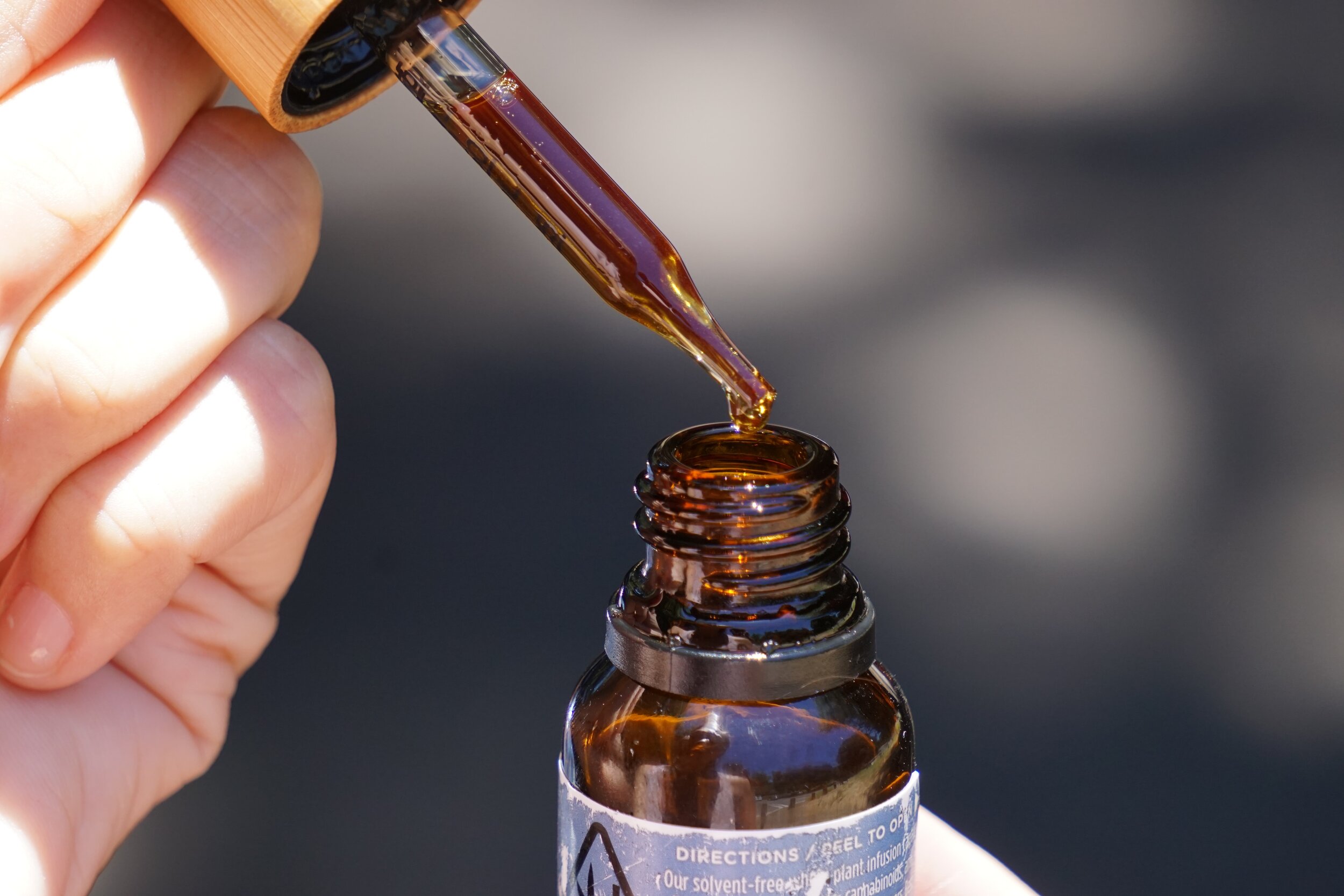All You Need to Know About Distillates
What are Distillates?
Cannabis distillates are an oil-like viscous product type that can be readily available in the legal cannabis market. The purity is usually said to be 99% all cannabinoid – either THC or CBD, depending on which one you purchase. Distillates are pure, odorless, tasteless and extremely potent, which means only a small dose can cause an effect.
So what are distillates? A distillate can be defined as purified cannabinoids that have undergone a series of processes from the plant material or concentrates. Processes include separation and heating methods, use of pressurized CO2 or ethanol; and purification. All these processes will be discussed below if you want to learn how a distillate is made.
Other cannabis products such as oil, cream and edibles have impurities like terpenes and other plant compounds. Distillates on the other hand, are completely stripped off all impurities. Terpenes are completely removed when distillates are made which is why these products usually don’t have different flavors or aromas to them. Sometimes, terpenes and other plant content can be added after, but mostly, distillates are either pure THC or CBD.
The way you can enjoy distillates are endless from infusing it with food and drinks to vaping or dabbing.
How to use Distillates: Dabbing, Vaping (Cartridge), Edibles
Although the most popular way to consume distillates is via dabbing (vaping on a hot surface), there are other ways to consume them. One of the ways is simply via vaporization. Some effective types of THC vapes that can be found in the market are handheld vapes, disposable vapes and refillable vapes.
Another way is by edibles, but it has its advantages and disadvantages. Edibles can be mixed with food, which makes it very versatile, but it’s hard to control dosage. Edibles take a longer time to take affect because it has to first go through the digestive tract before its absorbed by the body and into the bloodstream. Due to this, some people take too much or can’t track their dosage because of the slow absorption rate.
Are Distillates the Same as Oil?
Distillates and oil are not the same. Although they might look similar, the processes a distillate product goes through is very different. The term “distil” means to purify a compound – a cannabinoid in this instance – through a vaporizing process. A distillate comes from the term “distill. So in a nutshell, a cannabis distillate is a purified and potent cannabis product. Tinctures or oil on the other hand are not pure. Tinctures are made from de-carboxylated cannabis material that is soaked in alcohol - this process is different from the winterization process described below. The alcohol can remove plant matter but retain terpenes.
Distillates are pure extracts and tinctures are infusions.
How to make your own Distillate
A winterized, de-carboxylated and distilled cannabis extract is a distillate. As by the terms: winterized is when the extract is cooled, de-carboxylated is when the extract is heated and then finally, distilled when the extract is purified. Below, we will discuss the steps in chronological order on how a distillate is made:
Crude Oil Extraction – There are two kinds of extraction methods: physical and chemical. Chemical extraction involves butane oil or pressurized CO2 and physical extraction is simply using a sieve. This crude after the extraction, contains impurities.
Winterization – Ethanol is added to the crude extract to remove any byproducts including, plant waxes, fats, lipids and chlorophyll. The crude is then incubated at a very cold environment to cause the byproducts to coagulate and precipitate. The next step involves putting the crude through a filter system to remove the ethanol. The cannabinoids such as THC or CBD at this stage has now been separated and are in its inactive form THCA and CBDA, respectively.
Decarboxylation – This step is really important. This is the step where heat is applied to convert THCA to THC and CBDA to CBD. The heat causes the decarboxylation of the inactive form to its active form – which the body can respond to. The temperature can go as high as 220oF or 104.44oC.
Distillation – A vacuum pressure and heat is then applied to separate the cannabinoids from the terpenes.
As you can see, making a distillate can be a laborious and expensive task. However, if it’s done correctly, the result is versatility.
Solvent-Free Distillates
There are instances, where the procedure discussed above still has some residual solvents in the final distillate product. Although the crude extract is put through an evaporator to remove the ethanol, sometimes, you might find a few traces of solvent such as butane or ethanol. Let’s put things into perspective. You might say a solvent-free Distillate is similar to an organic produce – it is a safer and a healthier choice than a concentrate that has gone through a “solvent” based extraction. Two methods that do not involve solvent extraction are the Short Path Distillation Process and the Short Path Wiped Film Process. A Short Path Distillation Process involves a heated flask that contains the plant extract. The plant extract then flows through a fractionating tube and into the condensing tube using a vacuum. This process is repeated several times. A Short Path Wiped Film Process uses melting points to separate the cannabinoids. The plant extract first goes through a feed vessel and then into an evaporation vessel that converts the extract into liquid. This liquid is the distillate.
Advantages of Distillates
Cannabinoids are in the active form – Unlike raw cannabis such as flower that requires heating before use, the cannabinoids in a distillate are already in their de-carboxylated form.
99% Pure - The distillation process causes distillates to be pure and potent.
Distillates are versatile and discreet - If you need to take marijuana for medical purposes during the day, you don’t need to worry about drawing attention from the smell or obvious equipment usage.
Reference:
https://weedmaps.com/learn/dictionary/distillate/
https://www.leafly.ca/news/science-tech/what-are-cannabis-distillate-concentrates
https://www.royalqueenseeds.com/blog-cannabis-distillate-what-is-it-and-why-is-it-important-n705
https://honestmarijuana.com/thc-distillates/
https://curaleaf.com/blog/distillates-vs-tinctures-whats-the-difference




